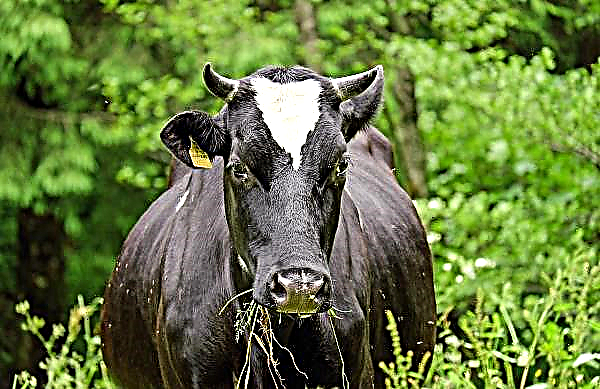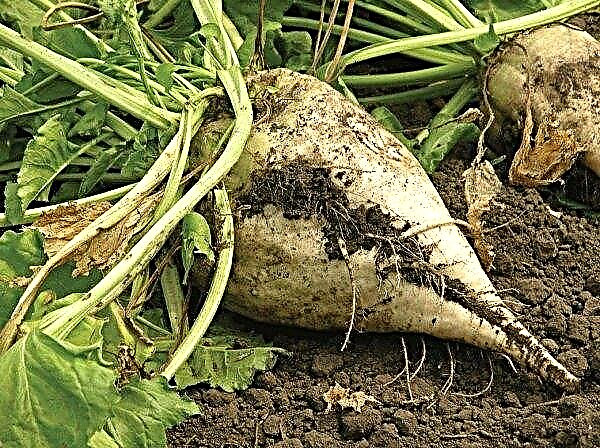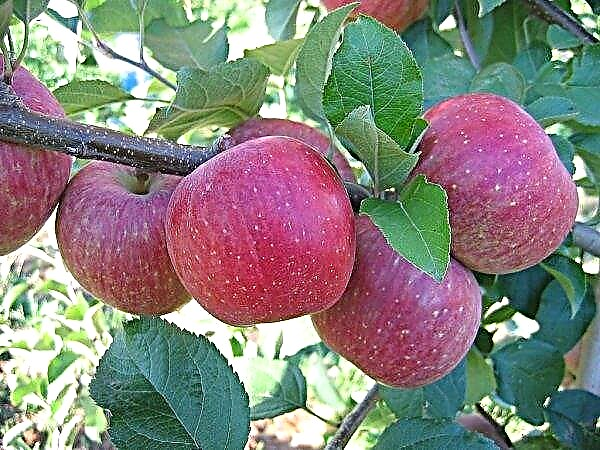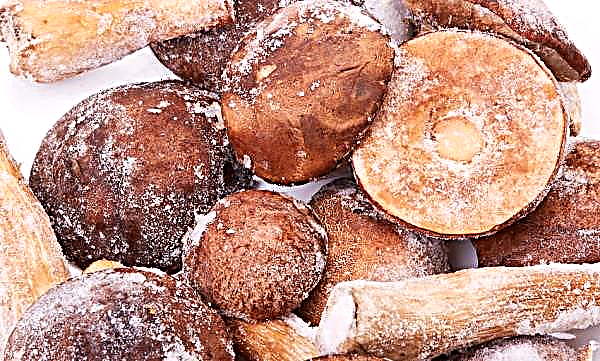Juniper is a northern plant, so it does not require special care in winter. But there are still some nuances that are worth considering. In order for the plant to please the lush crown and bear fruit well, one should more carefully approach the preparation for the cold.
Juniper Description
The plant belongs to the genus Juniper, family Cypress. This is an evergreen coniferous instance that can be represented by both woody and shrubby forms. It all depends on the climatic conditions in which juniper is cultivated. In the northern latitudes, it is represented by shrubby forms, in the southern lattice forms. The first reaches a height of 1-3 m, the second - 8-15 m.
The bark is dark gray or gray-brown, peeling. Shoots have a reddish tint. The needles are small, trihedral, 1.5 cm long. Covered with a layer of wax. It is he who gives various shades of needles. The color palette can vary from greenish blue to light green and golden.
Flowering occurs in May or June, depending on the climate. Junipers can be either dioecious or monoecious. The difference is that the former form both male and female flowers, and the latter only female or male only.Important! When growing monoecious junipers, in order to get a crop, 2 or more heterosexual plants should be planted in the plot. Otherwise, pollination will not occur.

The male flowers are yellow spikelets, and the female ones are green buds. Cones are round, reach a diameter of 10 mm. When ripe, they are painted in bright blue. Maturation lasts 3 years. Each berry has 2 or 3 seeds. The pulp of the fruit has a spicy coniferous aroma, sweetish flavor, contains a large amount of juice.
How to prepare juniper for winter
The main condition for the full preservation of juniper in the winter is proper care in the fall. The main task of the gardener is to prepare the plant for the cold.

It consists in the following activities:
- top dressing;
- water-loading irrigation;
- pruning
- treatment for diseases and pests;
- protection for the winter.

About 40 g of the first substance is consumed per plant, and up to 20 g of the second one. But it will be easier to purchase complex autumn fertilizer. It is called "Autumn fertilizer for conifers." It is bred according to the instructions on the package.
Regardless of whether the fertilizer was administered in the spring with long-acting drugs or not, it is highly advisable to perform foliar magnesium supplementation. To do this, add 10 g of magnesium sulfate to 10 l of water and spray the entire crown of the plant. This approach provides protection against sunburn.
The timing of water-loading irrigation is determined by deciduous trees. When leaf fall has ended, you can begin to manipulate. About 5 buckets of water are used for each plant.
If possible, in February or March, water-loading irrigation is also carried out with hot water, but not boiling water (approximately the temperature should be + 40 ° C). This is necessary to saturate the crown with water at the moment when the active sap flow begins and to prevent yellowing of the needles as a result of sunburn.
But it is worth considering that with a close location of groundwater (1–1.5 m), as well as a sufficient amount of rainfall (rainy autumn and spring in the growing region), water-loading irrigation is not carried out at all. In this case, sprinkling is carried out in early spring so that moisture is immediately delivered directly to the needles.
In the fall, a week after watering, sanitary pruning is performed. At this stage, dried branches, branches are removed. If the plants have a curly haircut, then the protruding shoots should be slightly trimmed.
As a prophylaxis against diseases and pests, spraying with iron sulfate should be carried out. The solution is 1% concentration. For this, 100 g of substance is added to 10 liters of water.Important! Trim juniper with gloves. This will help protect your hands from tar, which is quite caustic and difficult to wash off from the skin.

Do I need shelter
The culture in question is quite resistant to frost. She does not need to be covered. But plants planted this year need to mulch so that the root system does not freeze.
Did you know? Juniper fruits are used for smoking meat and game.
As mulch you can use:
- leaves;
- sawdust;
- compost;
- peat;
- needles;
- bark of coniferous trees.

The thickness of the mulch layer should vary between 5–10 cm. This will be quite enough. One of the nuances of winter care for juniper is protection against snow sticking. The branches of this plant are quite fragile and can break under the weight of precipitation.
Did you know? In a bowl of juniper wood, milk does not sour for a long time. All this is due to the high content of volatile, which inhibit the process of reproduction of bacteria.
To eliminate such risks, it is better to pull the branches with twine in the fall. The shoots should be bent to the trunk, and wind the rope in a spiral along the entire crown from the bottom to the top. If the winter is not snowy, then this manipulation can be omitted. Just when it rains, you will need to periodically remove snow from the shoots.

In early spring or even at the end of winter, the vegetation in question may suffer from sunburn. In order to save juniper from yellowing and shedding of needles, it is recommended to make reflective screens. To do this, stakes are set next to the plant 10–20 cm higher in height than the bush.
Reflective material is thrown on them - gauze, white cloth, etc. Special covers are sold for cone-shaped trees. They are very easy to put on trees if necessary.
Juniper conditions in buckets
If the juniper is planted in a bucket and kept at home, it also needs to create a certain microclimate for the winter. This will help ensure a rest period as in a natural environment.
Content at home is best tolerated by varieties of Chinese juniper. In the warmer months, culture can be displayed outside. The main task in winter is to provide protection from direct sunlight and to maintain air temperature within +7 ... + 12 ° С.
How to water in the winter
Unlike garden ones, home varieties need to be watered even in winter, avoiding the drying out of an earthen coma. Do it 3 times a month.
Juniper in a bucket does not manage such a nutrition area as that which grows in open ground, therefore in winter, in addition to watering, it requires fertilizer once a month. To do this, use complex feeding for conifers.

Is it possible to trim in winter
In winter, plants should not be pruned. During this period, they are at rest. Accordingly, they will not be able to recover after the procedure. This will lead to a decrease in the immunity of the juniper and spoil the shape of the crown.
Junipers do not need shelter for the winter - it is quite winter-hardy. However, there are a number of agricultural activities that should be carried out in the fall in order to preserve the decorativeness of the plant for many years.











